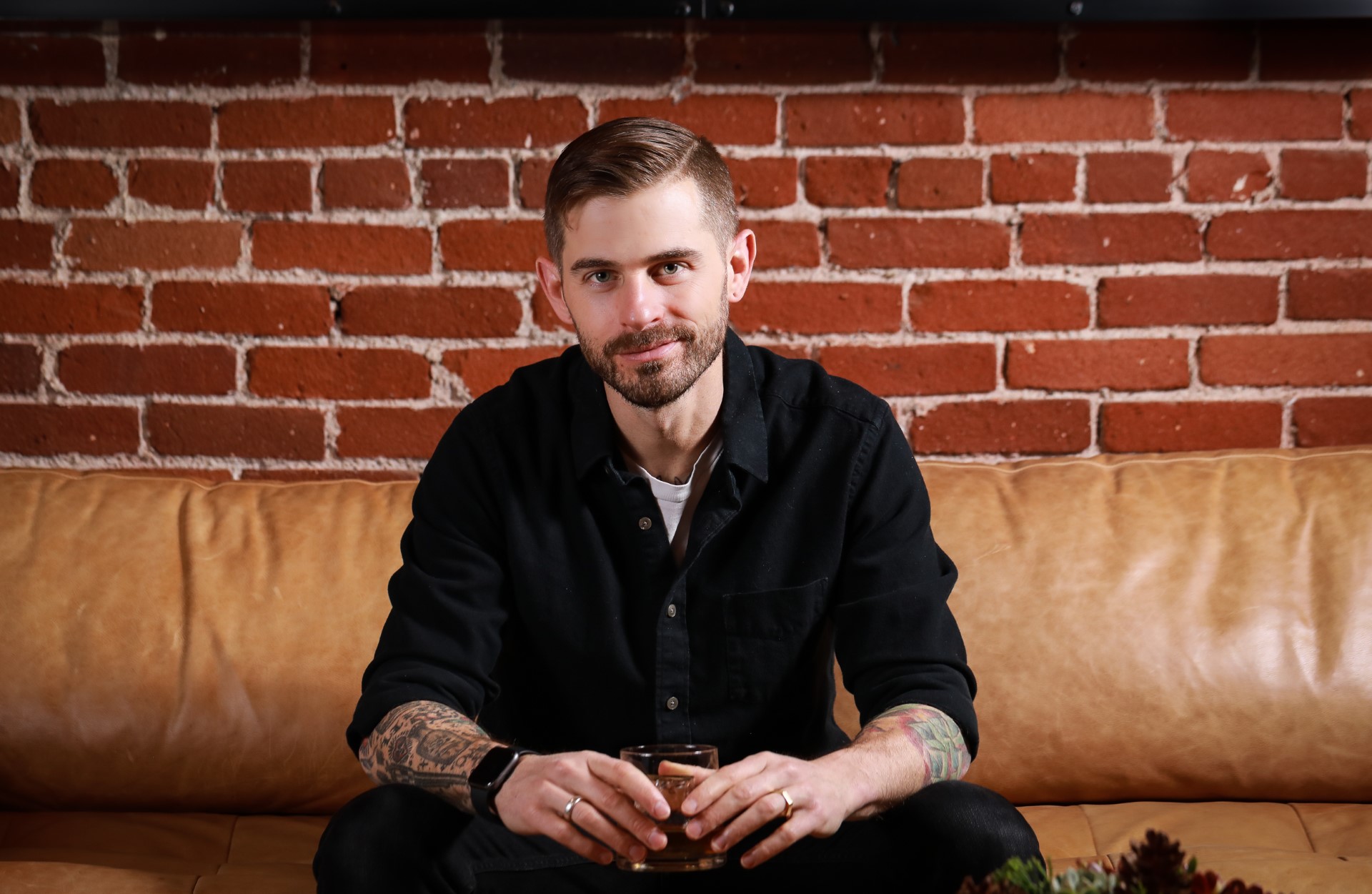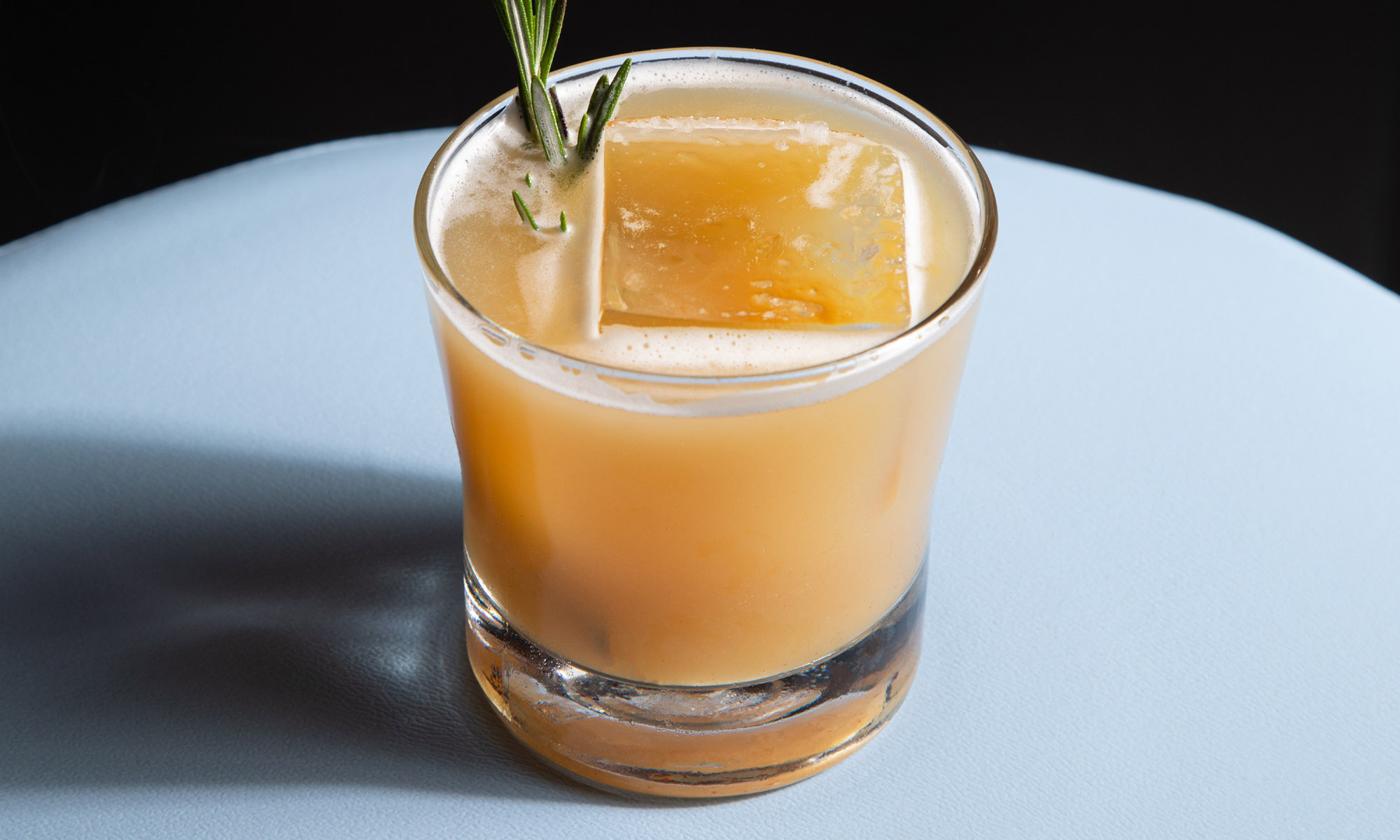Recapping Chilled 100 ELEVATE: The Complex Journey of a Garnish with Chris Muir of Wild Hibiscus
By Chilled Magazine
Chris Muir, Operation Manager for North America for Wild Hibiscus, was the presenter for this seminar. He took us on a fascinating journey through the growth and production of the garnishes we take for granted served with our specialty cocktails.
Wild Hibiscus is a family business owned and operated by Lee Etherington. With the help of Lee’s two brothers, who manage the production, and a team of international distributors in Thailand, Europe, the UK, and North America, they help deliver Wild Hibiscus to 50-plus countries.

Why was Wild Hibiscus formed?
At a dinner party in Australia, Lee dropped a hibiscus flower into a glass of champagne. Guests started commenting on how fun it was to watch the hibiscus unfurl in the glass. It sparked an idea. Lee created the first bottle of hibiscus flowers in syrup in 1999.
Lee developed a way to use a mixture of spring water and Australian cane sugar, which keeps the flowers perfectly candied for more than 36 months. A special note from this article’s author. In 1911, I launched my first book. At the reception, I added hibiscus syrup to the champagne and got the same reaction.
The Journey
Bush Tucker is a term used for food traditionally used by native Australians. Hibiscus is one of those foods which can be found everywhere in Australia.
Great care is taken to ensure the farmers selected to grow the hibiscus understand their culture will be honored and that they will profit from growing the plants. Wild Hibiscus is pleased to employ women, who comprise sixty percent of their workforce, approximately 150 women.
The farmers are provided the seed, which takes five weeks to mature. Thus, five to six crops a year can be planted in the same field. After five years, lemon grass is grown in the fields to help nourish the soil and help control the bugs. Sustainability is foremost in the company’s mind.
Bottling the Garnish
- Hibiscus are graded, and all damaged flowers are removed.
- There are three stages of washing.
- They are frozen.
- The blossoms are hand-packed into jars and receive a hot water bath.
- The bottles are labeled and prepared for their journey to places worldwide.
The Distributor Place Orders
The job definition of the Distributor is to educate people and share the story of the farm-to-bar process. Their orders to identified clients are then shipped.
Today, there is a glitch and a primary concern of their company. Much of the product is shipped through the Panama Canal. The freshwater used in the Panama Canal is getting scarce. Today, only 35-40 ships a day are getting through the canal, with an expectation that by 2024, 12 ships will be able to do so.
The costs of shipping containers from Thailand to the United States East Coast are increasing. It results in the items needing to be shipped to the West Coast ports, which are already burdened with waiting cargo ships in the harbors. Once loaded at the West Coast ports, they must be sent by freight across the United States to fill East Coast orders.
The Future
Not to be deterred, the company continues to branch out and is now growing Butterly Pea Flowers. They grow fast and are renowned for helping to improve soil. The flowers are hand-picked, bagged, and dried on tables in drying rooms. The Butterfly Pea Flower is highly valued for its health benefits and is used in cosmetics.
While experiencing some challenges, not unlike unique garnishes used by bartenders, companies like Wild Hibiscus are and will continue to develop innovative approaches to the challenges the world presents to them.



















